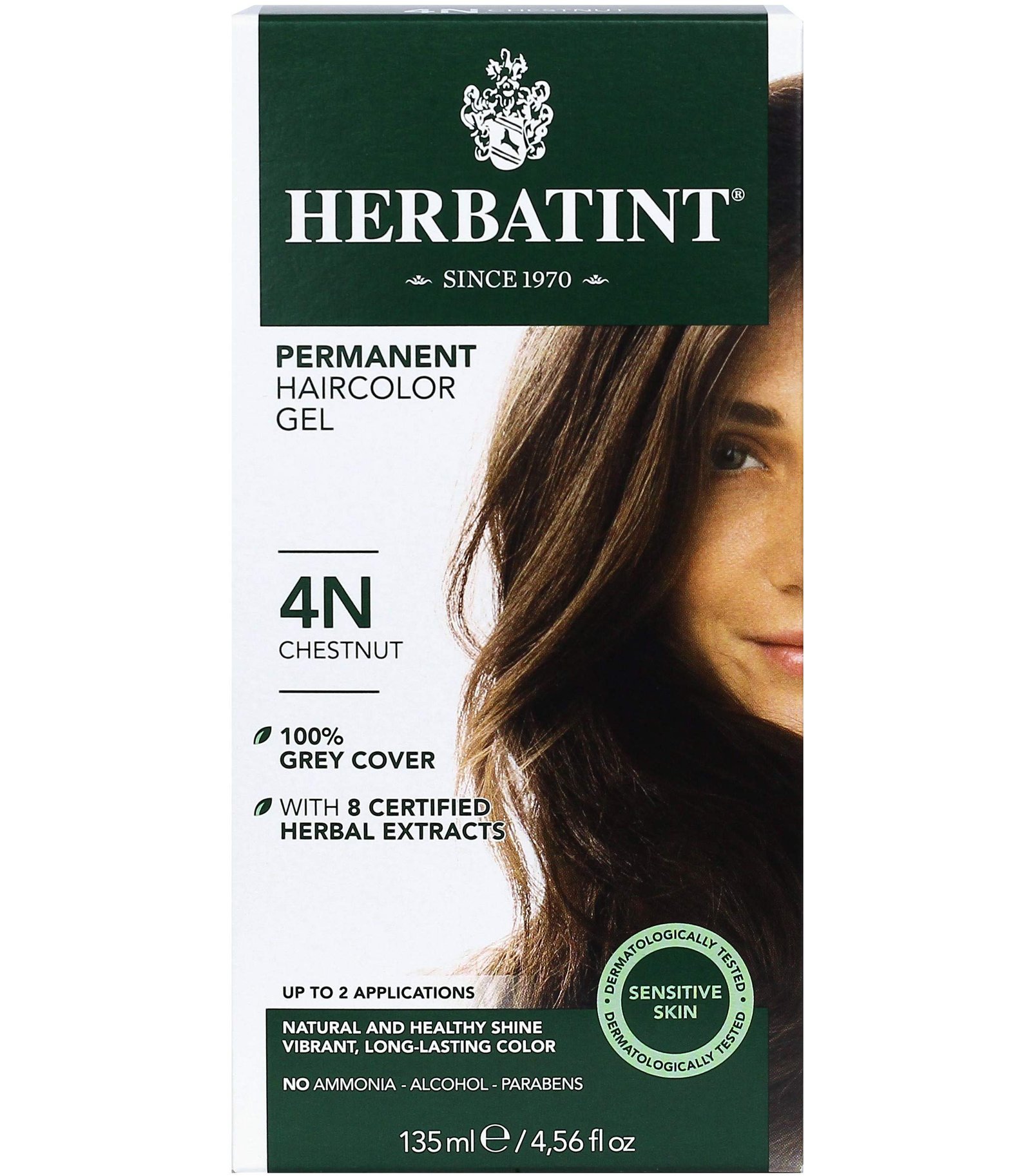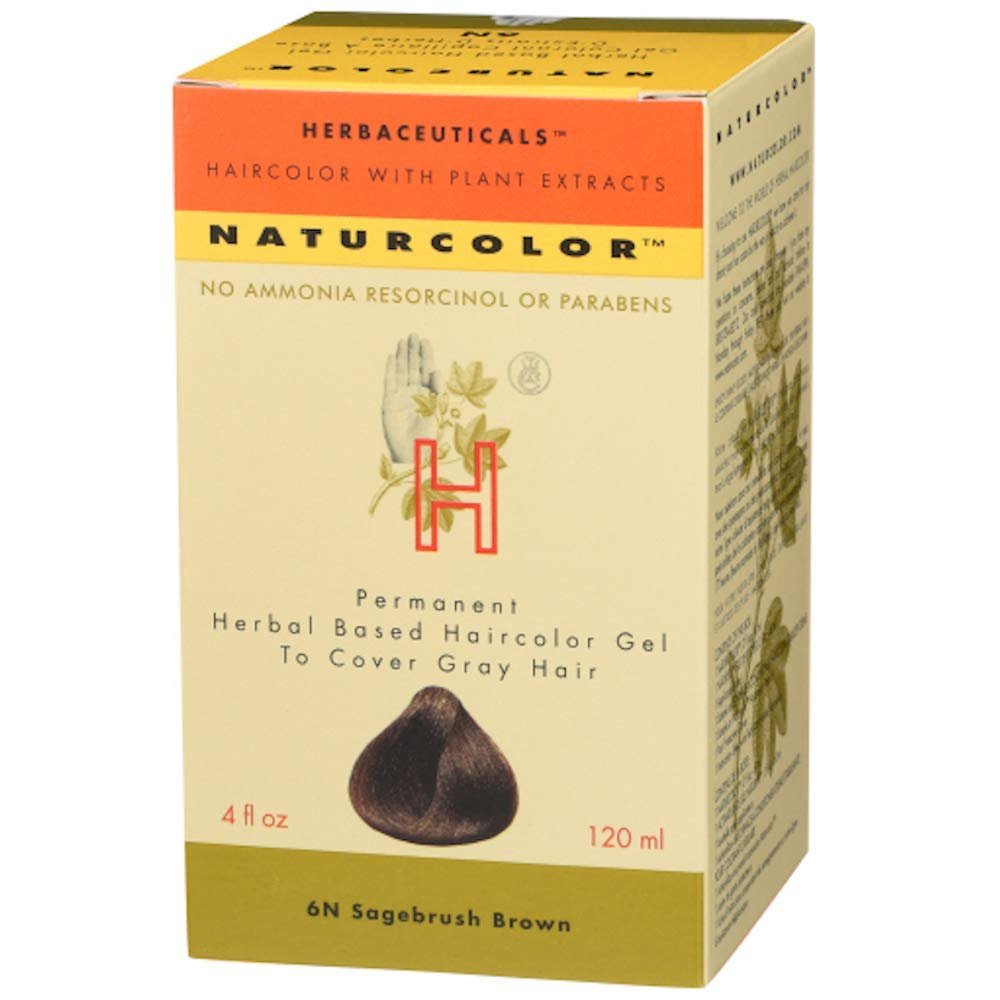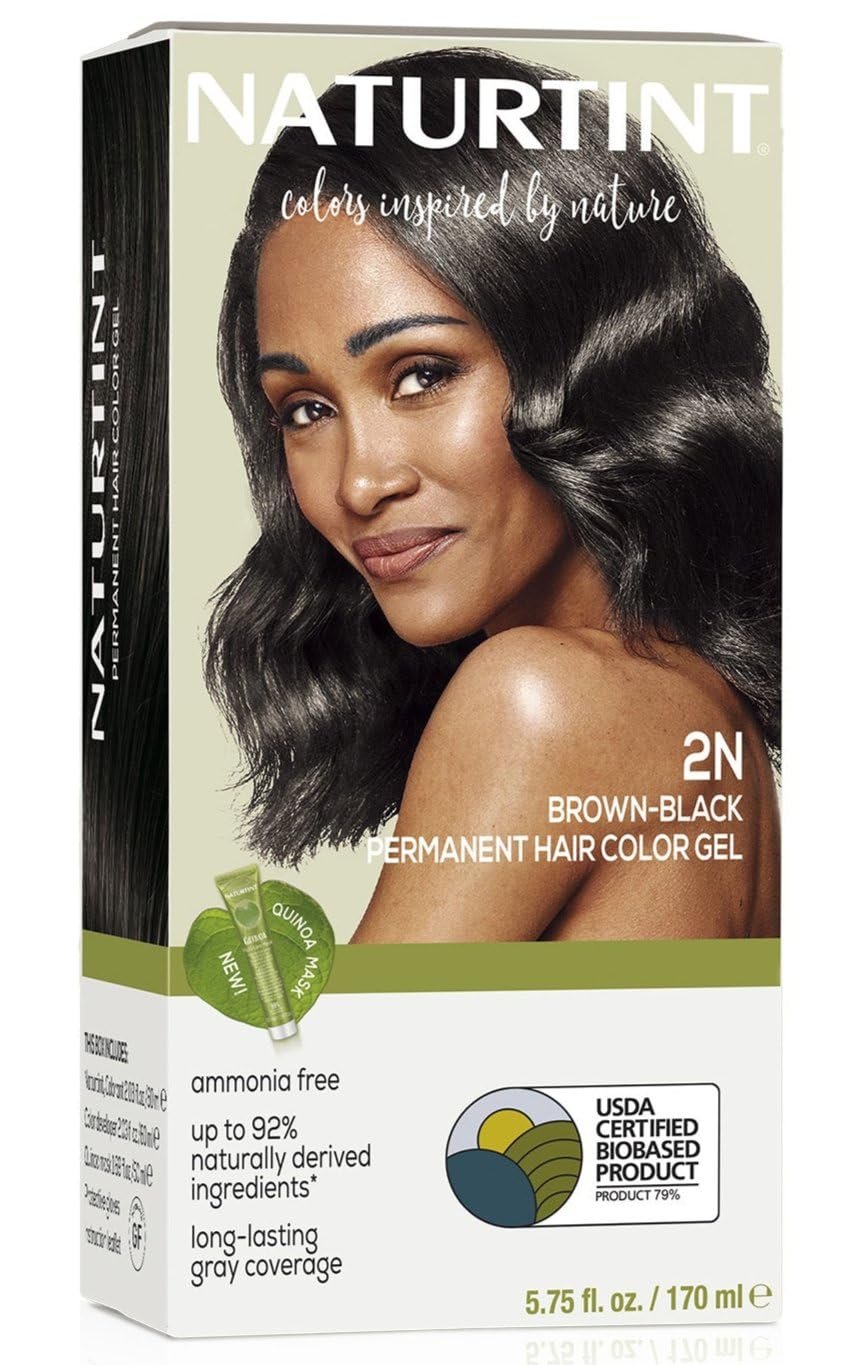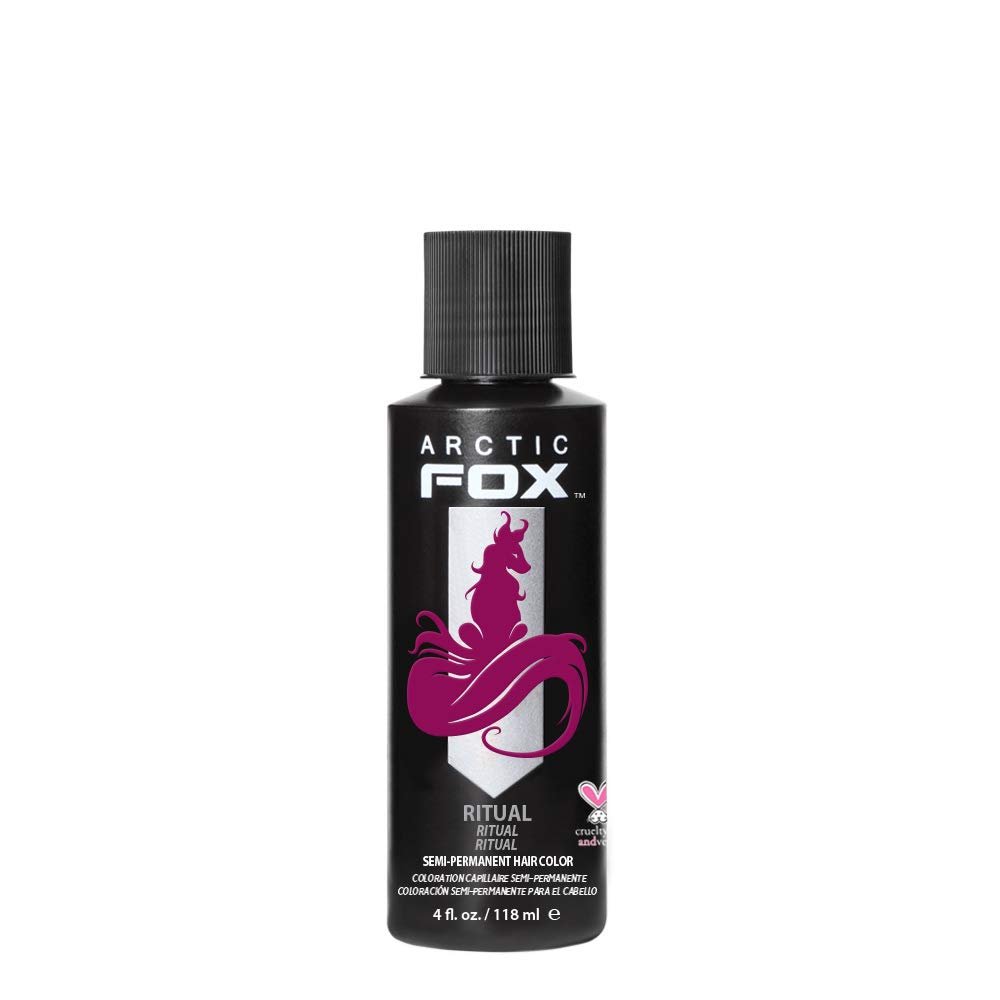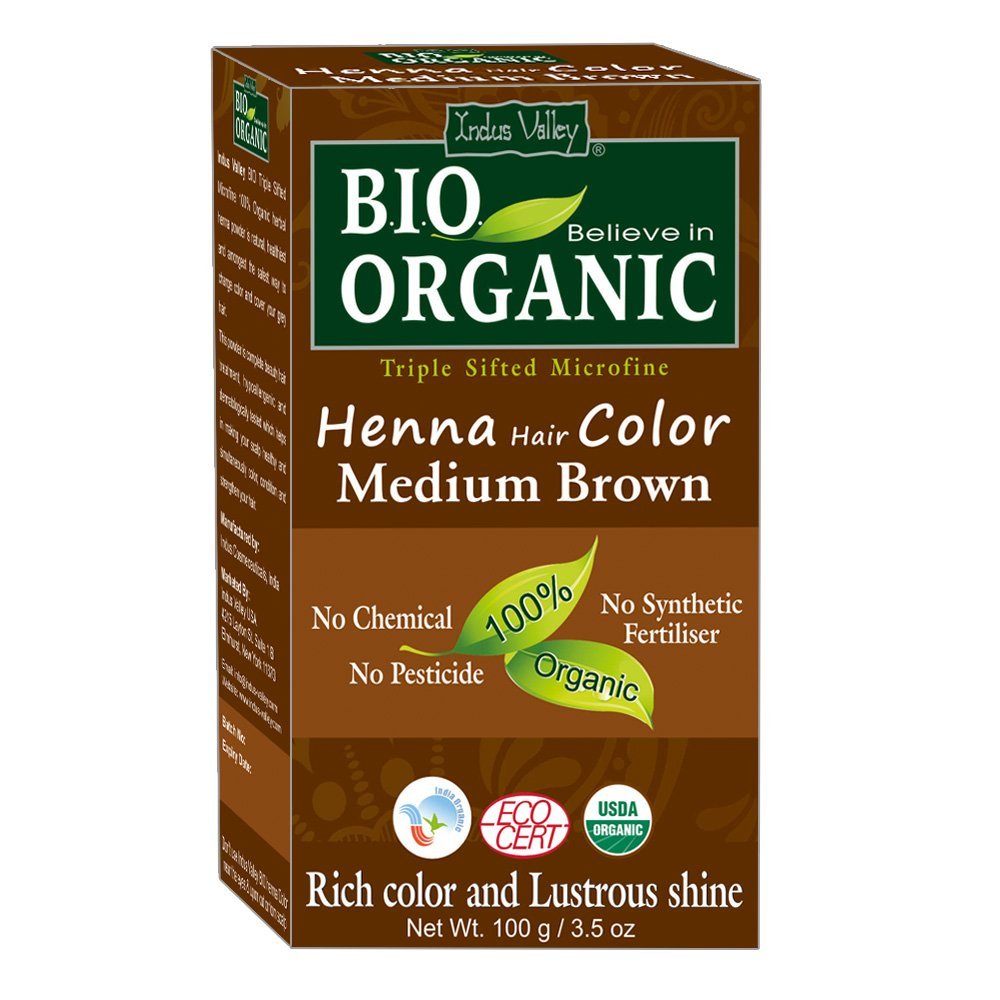Hair coloring is a popular way to refresh your look or cover grays. However, traditional hair dyes often contain harsh chemicals that can damage hair and potentially cause health concerns. Non-toxic hair dyes offer a gentler alternative for those seeking to change their hair color without exposing themselves to potentially harmful ingredients.
These safer hair dyes use natural pigments from plants like henna, indigo, and cassia to color hair. They typically avoid synthetic chemicals like ammonia, parabens, and PPD (p-Phenylenediamine) that are common in conventional dyes. Non-toxic options aim to nourish and protect hair while coloring it.
When choosing a non-toxic hair dye, it’s crucial to check the ingredients list carefully. Look for products that are free from harsh chemicals and instead use plant-based colorants. Consider your desired shade, as natural dyes may not offer as wide a color range as synthetic ones.
We tested numerous non-toxic hair dyes to find options that deliver beautiful color while being kinder to hair and scalp.
Best Non-Toxic Hair Dyes
We’ve rounded up our top picks for non-toxic hair dyes that let you color your locks without harsh chemicals. These gentler options use natural ingredients to achieve beautiful hues while being kinder to your hair and scalp.
Herbatint Natural Hair Color
We think this gentle, ammonia-free hair dye is a great choice for those seeking a natural-looking color with added hair benefits.
- Covers grays completely
- Nourishes hair with organic extracts
- Easy to apply at home
- Takes 40 minutes to process
- Limited shade selection
- May not lighten dark hair significantly
We recently gave Herbatint’s permanent hair color a try, and we’re impressed with the results. The gel formula felt lightweight and didn’t have that harsh chemical smell we’ve come to expect from hair dyes.
Mixing was a breeze, and application was mess-free thanks to the easy-squeeze bottle.
After 40 minutes, we rinsed and were pleasantly surprised by how soft our hair felt. The color came out rich and natural-looking, effectively covering our grays. We love that it’s made with organic herbal extracts – our locks seemed healthier and more vibrant post-dye.
One thing to note: if you’re hoping to go significantly lighter, this might not be your best bet. It works well for subtle changes or maintaining your current shade.
We appreciate the eco-friendly packaging and vegan formula. For those of us with sensitive scalps, it’s a relief to find a gentle option that doesn’t skimp on color payoff.
Naturcolor Herbal Hair Dye
We think this gentle hair color is a great choice for those seeking a more natural alternative to traditional dyes.
- Ammonia and paraben-free formula
- Leaves hair soft and shiny
- Blendable for custom shades
- Limited color selection
- May not fully cover stubborn grays
- Slightly longer processing time
We’ve been on the hunt for a hair dye that’s kinder to our locks, and Naturcolor’s herbal-based formula caught our eye. The sagebrush brown shade we tried gave us a rich, natural-looking color that didn’t scream “box dye.”
The gel consistency made application a breeze, and we didn’t have to deal with any harsh chemical smells. Our hair felt surprisingly soft and healthy after coloring, which isn’t always the case with conventional dyes.
One thing to note – it took about an hour for the full process, so set aside enough time. While it covered most of our grays, a few stubborn ones peeked through. For those with lots of gray, you might need to leave it on a bit longer.
Overall, we’re fans of this gentler approach to hair coloring.
Naturtint Natural Hair Color
We believe this plant-based hair dye is a fantastic choice for those seeking a gentler coloring option.
- Ammonia-free formula
- Nourishing plant ingredients
- Long-lasting color results
- May not fully cover stubborn grays
- Color can differ from box image
- Some users report dryness
We recently tried Naturtint’s 2N Brown Black shade, and we’re impressed with its natural approach to hair coloring. The ammonia-free formula felt gentle on our scalp, without the harsh chemical smell often associated with traditional dyes.
The infusion of olive-derived oleic acid and meadowfoam seed oil left our hair feeling soft and looking shiny. We appreciated how these plant-based ingredients seemed to nourish our locks during the coloring process.
Our color turned out rich and vibrant, though we noticed it wasn’t an exact match to the box image. It leaned slightly warmer than expected. The dye covered most of our grays, but a few stubborn strands remained visible.
After a few weeks, we’re happy to report the color has maintained its intensity, living up to its long-lasting claims.
Arctic Fox Ritual Hair Dye
We think this vegan hair dye is a game-changer for those seeking a vibrant burgundy hue without harsh chemicals.
- Highly pigmented, rich color
- Vegan and cruelty-free formula
- Conditions hair while coloring
- Best results on pre-lightened hair
- May stain skin temporarily
- Color fades over time
We’re thrilled with Arctic Fox’s Ritual shade. The rich burgundy color is stunning, especially on lighter hair. We love that it’s free from harmful chemicals like peroxide and ammonia.
Our hair felt soft and conditioned after use, not dry or damaged.
The sweet scent was a pleasant surprise compared to the harsh smell of traditional dyes. We found it easy to apply, and it didn’t drip or make a mess. The color lasted several weeks, gradually fading to a pretty dusty rose.
One thing to note: for the most vibrant results, you’ll want to start with pre-lightened hair. On darker shades, it gives a subtle tint. We also noticed some temporary staining on our skin, so using gloves and a barrier cream around the hairline is a good idea.
Indus Valley Natural Henna Hair Color
We recommend this eco-friendly hair dye for those seeking a gentle, chemical-free coloring option with nourishing benefits.
- 100% organic ingredients
- Conditions and strengthens hair
- Available in 12 shades
- Requires longer application time
- Results may vary on gray hair
- Can be messy to apply
We recently tried the Indus Valley Bio Organic Natural Henna Hair Color in Medium Brown, and we were impressed by its pure, plant-based formula. The powder is easy to mix with water, creating a smooth paste that’s simple to apply. It has a pleasant, earthy scent that’s far more appealing than harsh chemical dyes.
Applying the henna takes some patience. We found leaving it on for about 4-6 hours gave the best results, much longer than the suggested 30 minutes.
The wait is worth it though – our hair felt incredibly soft and looked shiny after rinsing. The color payoff was rich and natural-looking, blending seamlessly with our existing shade.
One drawback we noticed was the effectiveness on gray hair. While it did provide some coverage, it wasn’t as complete as we hoped. The application can also get a bit messy, so we recommend wearing old clothes and using a tinting brush for precision.
Despite these minor inconveniences, we appreciate the nourishing effects and peace of mind that comes with using a certified organic product on our hair.
Buying Guide
When shopping for non-toxic hair dyes, we recommend considering a few key factors. Let’s explore what to look for:
Ingredients
Natural and organic components are crucial. We suggest scanning labels for plant-based dyes like henna, indigo, and cassia. Avoid harsh chemicals such as ammonia, PPD, and resorcinol.
Color Range
Non-toxic options often have a more limited palette. We’ve found that natural dyes excel at warm tones but may struggle with cool shades. It’s worth checking the available colors before committing.
Application Method
Some eco-friendly dyes come as powders you mix yourself. Others are ready-to-use creams. We think it’s important to choose a method you’re comfortable with.
Longevity
Natural dyes typically fade faster than conventional ones. We recommend checking expected color longevity to align with your maintenance preferences.
Scalp Sensitivity
If you have a sensitive scalp, we advise looking for hypoallergenic formulas. Patch tests are always a good idea, even with gentler products.
Certifications
Look for trusted organic or natural certifications. These can help verify a product’s eco-friendly claims.
| Feature | What to Look For |
|---|---|
| Base | Plant-derived ingredients |
| Harmful Chemicals | None |
| Scent | Natural, no artificial fragrances |
| Packaging | Eco-friendly, recyclable |
Remember, the perfect dye balances your color goals with your health and environmental values. Happy shopping!
Frequently Asked Questions
Many people have questions about non-toxic hair dyes and natural coloring options. We’ve compiled answers to some common inquiries to help you find safer alternatives.
What brands offer the best non-toxic hair dyes for covering gray hair?
We recommend Hairprint, Naturtint, and Naturigin for effectively covering grays without harsh chemicals. These brands use gentler ingredients that nourish hair while providing long-lasting color.
Madison Reed also offers ammonia-free formulas specifically designed for gray coverage. Their products contain keratin, argan oil, and ginseng root to strengthen hair.
How can I find a PPD-free hair dye that is safe and effective?
Look for dyes that use henna, indigo, or plant-based pigments instead of PPD. Herbatint and Light Mountain Natural are great PPD-free options.
Check ingredient lists carefully. Avoid products containing paraphenylenediamine (PPD) or its alternatives like PTD or PPDA. In addition to scrutinizing ingredient lists, consider opting for products that emphasize natural and organic components. Many brands now offer nontoxic split end solutions that gently nourish and repair damaged hair without harsh chemicals. By making informed choices, you can maintain the health of your hair while also being mindful of potential allergens and irritants.
Are there any permanent hair color options that are less damaging to hair?
Aveda’s Full Spectrum Permanent Pure Tone hair color is 93% naturally derived and free from ammonia. It conditions hair while coloring.
Schwarzkopf’s Essensity line uses natural oils and is ammonia-free. The gentle formula causes less damage than traditional permanent dyes.
Could you suggest some natural alternatives to conventional hair dyes?
Henna is a classic natural option that coats hair with rich red tones. For darker shades, indigo can be mixed with henna.
Sage, chamomile, and black tea can subtly darken or enhance natural hair color over time with repeated use.
Which non-toxic hair color products are professionals using in salons?
Many salons now offer Organic Colour Systems, a professional ammonia-free line. It uses natural ingredients like aloe vera and wheat protein.
Oway is another popular pro brand. Their organic formulas contain biodynamic botanicals and essential oils.
What are the safest options for coloring dark hair without using harsh chemicals?
For dark hair, we suggest trying coffee or black walnut powder. These natural ingredients can deepen existing dark tones.
Indigo powder mixed with henna creates rich brown and black shades without chemical dyes. It’s gentler on hair and scalp.


